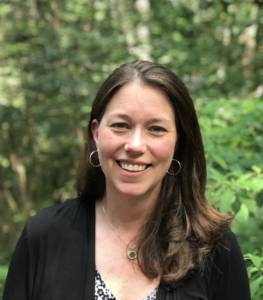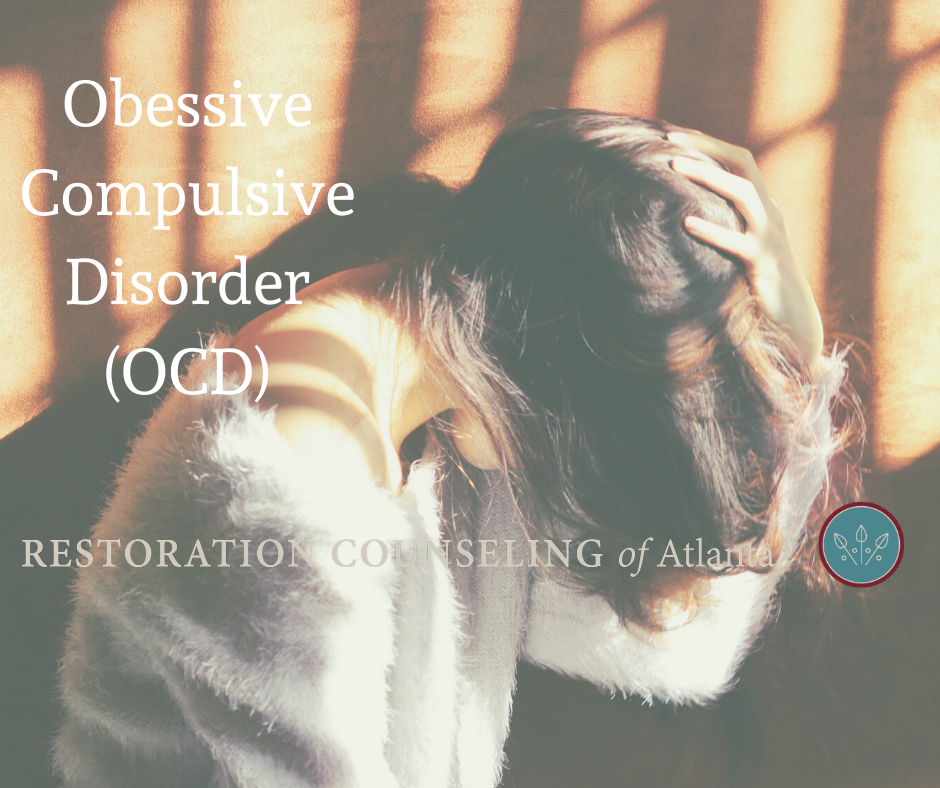Have you ever met someone who is neat and orderly or washes their hands often? Did you wonder if they have Obsessive Compulsive Disorder (OCD)? If so, you’re not alone. It is a common misconception that having OCD simply means that a person is excessively orderly, likes things “just so,” and washes often to avoid becoming sick. The reality is that OCD is a serious brain disorder. When a person has OCD, he or she experiences repetitive and intrusive thoughts or images and upsetting feelings. The person then performs a variety of compulsive behaviors to reduce intense anxiety. These thoughts, feelings, and behaviors are time consuming and may be debilitating. The obsessions and compulsive behaviors get in the way of a person’s ability to do the things they want and need to do to get through the day.
Obsessions
Obsessions are unwanted, automatic thoughts or images that happen repeatedly. The thoughts feel out of control, and a person with OCD may know and admit that they don’t make sense. These thoughts are accompanied by intense and disturbing feelings such as fear, doubt, or even disgust. Obsessions are as varied as the people who struggle with OCD, but there are some common themes such as:
- Worries about illness, body fluids, or germs
- Fear of losing control and harming oneself or others
- Fear of being responsible for something terrible happening
- Fear of violent or perverse sexual images
- Concerns about being perfect or exact
- Religious or moral obsessions
Compulsions
Compulsions are repetitive behaviors in which a person engages. The behavior reduces negative feelings related to an obsession, but for a person with OCD, the relief is only temporary. Shortly after performing a compulsive behavior, it is common for the obsession to reappear. This causes a person to perform the compulsion again, which traps a person with OCD in a cycle of thought, feeling, and behavior that may seem impossible to escape. For example, sixteen-year-old Mariah (not a real person) worried intensely about being in a car crash. Images of herself dying in an accident flashed through her mind from the moment she woke up in the morning. While taking her morning shower, she believed that if she did not turn the water on and off repeatedly, she would have a crash on the way to school. Mariah knew that the thoughts and behaviors were not linked. Even so, not performing the compulsion produced so much anxiety that she found herself stuck in the shower each morning turning the water on and off over and over again. As a result, she was not able to get to school on time.
Like obsessions, compulsions are many and varied, and a person with OCD may have more than one compulsion. However, some common themes found in compulsions include:
- excessive washing
- checking things
- excessing rereading or rewriting
- repetitive blinking or touching things
- counting while performing a task
- putting things in order until they “feel” right
- avoiding situations that may trigger obsessions.
A Bit of Biology – How OCD Develops
Obsessive compulsive disorder affects 1 in 100 adults and 1 in 200 children. The illness usually begins between the ages of 8 and 12 or in early adulthood. Research shows that OCD runs in families. It is likely that it is passed down from parents to children through genes, which are found on the DNA in our cells. Environmental factors like sickness, or even the stress of daily life, may turn the gene on. The chemistry in the brain of a person with OCD changes when the gene is turned on. This causes communication problems between the prefrontal cortex, the part of the brain responsible for problem solving, and a deeper part of the brain called the ventral striatum. When this happens, a person develops the symptoms of OCD.
Diagnosis and Treatment
A trained mental health practitioner diagnoses and treats OCD. To determine if a person has OCD, a counselor will have a thorough discussion with a client and ask questions that will enable him or her to diagnose obsessions and compulsions and understand how obsessions and compulsions affect daily activities. If a client does have OCD, there are treatments that can help bring relief so that the person with OCD can live a full and healthy life.
Effective treatment, based on the severity of OCD, utilizes medication, counseling, or both. Since OCD involves changes in brain chemistry, many people benefit from a type of medication called a Selective Serotonin Reuptake Inhibitor (SSRI). Traditionally, SSRIs have been used as antidepressants. They also relieve symptoms of OCD. Exposure and Response Prevention (ERP) is a specific form of counseling that has been tested and found effective in alleviating OCD symptoms. During ERP, a client is carefully exposed to unwanted thoughts, images, or objects in a safe environment. The client then makes a conscious choice to not engage in compulsive behavior. Although this may seem counterintuitive, repeated exposure to an obsession, followed by a refusal to engage in the compulsion over time, produces a drop in a client’s anxiety. It also helps reduce the strength and frequency of obsessions and compulsions. Family therapy and support groups are also available to help families cope with the impact of OCD and understand how to help their loved one not engage in OCD related behaviors.
If you think that you or someone you love struggles with OCD, reach out to your Restoration Counseling of Atlanta therapist and the International OCD Foundation. Both will guide you toward resources that will help begin the process of healing.
Resources
https://www.everydayhealth.com/anxiety-disorders/experts-common-obessions-and-compulsions.aspx
 Written by Andrea Brandt, NCC
Written by Andrea Brandt, NCC
andrea@restorationcounselingatl.com, ext. 154
Roswell Location
Andrea graduated this past May with a Master’s Degree in Clinical Mental Health Counseling (CMHC) from Richmont Graduate University, a Christ-centered academic environment. She is now serving clients at Restoration Counseling of Atlanta and offering reduced-cost counseling while pursuing her APC certification (Associate Professional Counselor).
Andrea’s education has equipped her to work with women, men, couples, and teens from various backgrounds who desire to change unwanted habits and behavior, reduce stress and depression related to daily living and past experiences, improve relationships, and enhance overall well-being. She also works with clients who are experiencing the pain of grief and loss.

